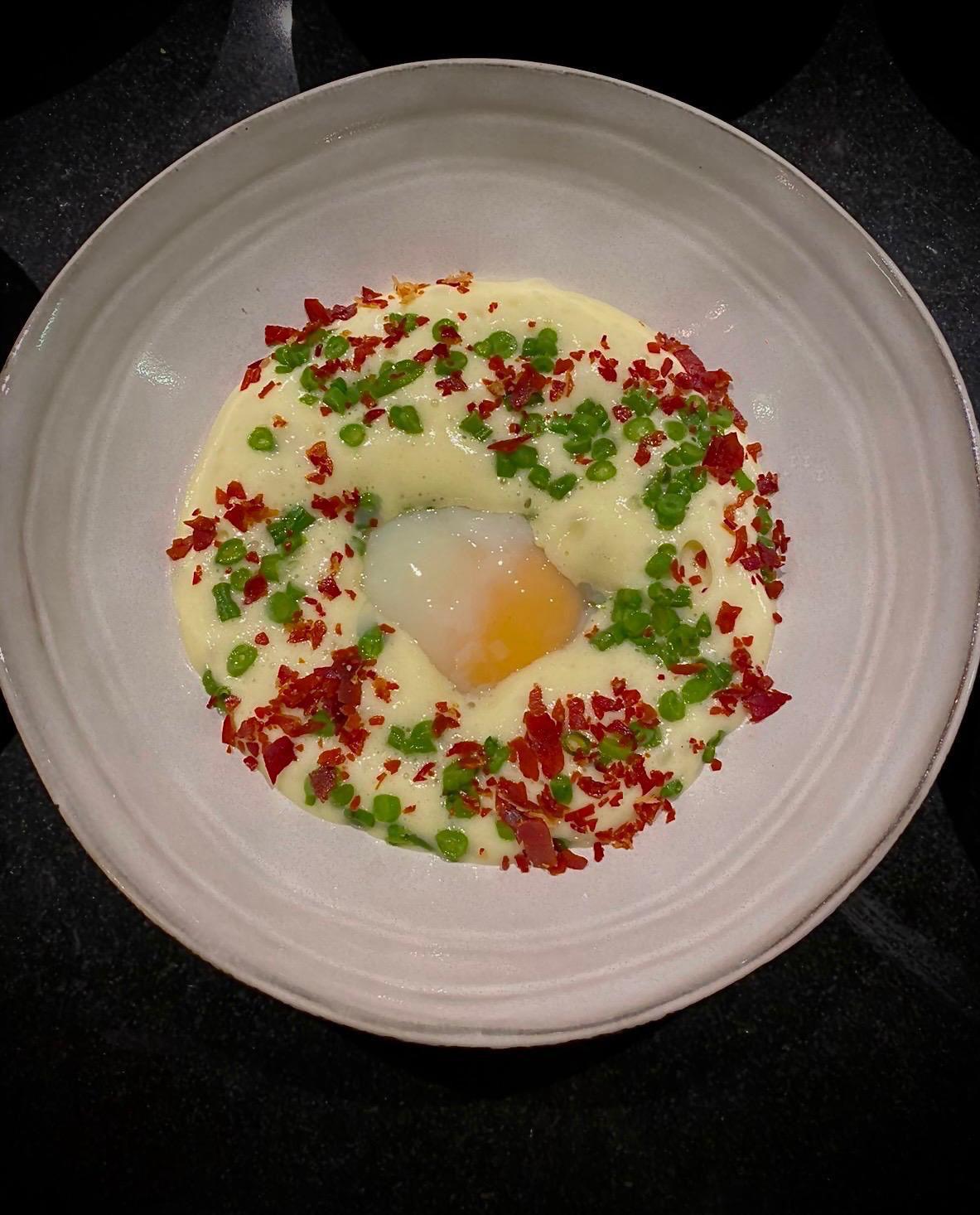
Low temperature egg with Potato Foam
This dish has been with me almost as long as I’ve worked as a private chef. I always say that this combination (potato foam and low-temperature egg) will become a traditional dish of the future. You can already find it in many pintxo bars and restaurants in northern Spain. Here is this simple recipe that captures two of the most important techniques in contemporary cooking: warm foam and low-temperature cooking. These techniques represent an era of innovation, research, and development in haute cuisine. Today, we can even use them in our own homes. When you think about it for a moment, it’s pretty amazing.
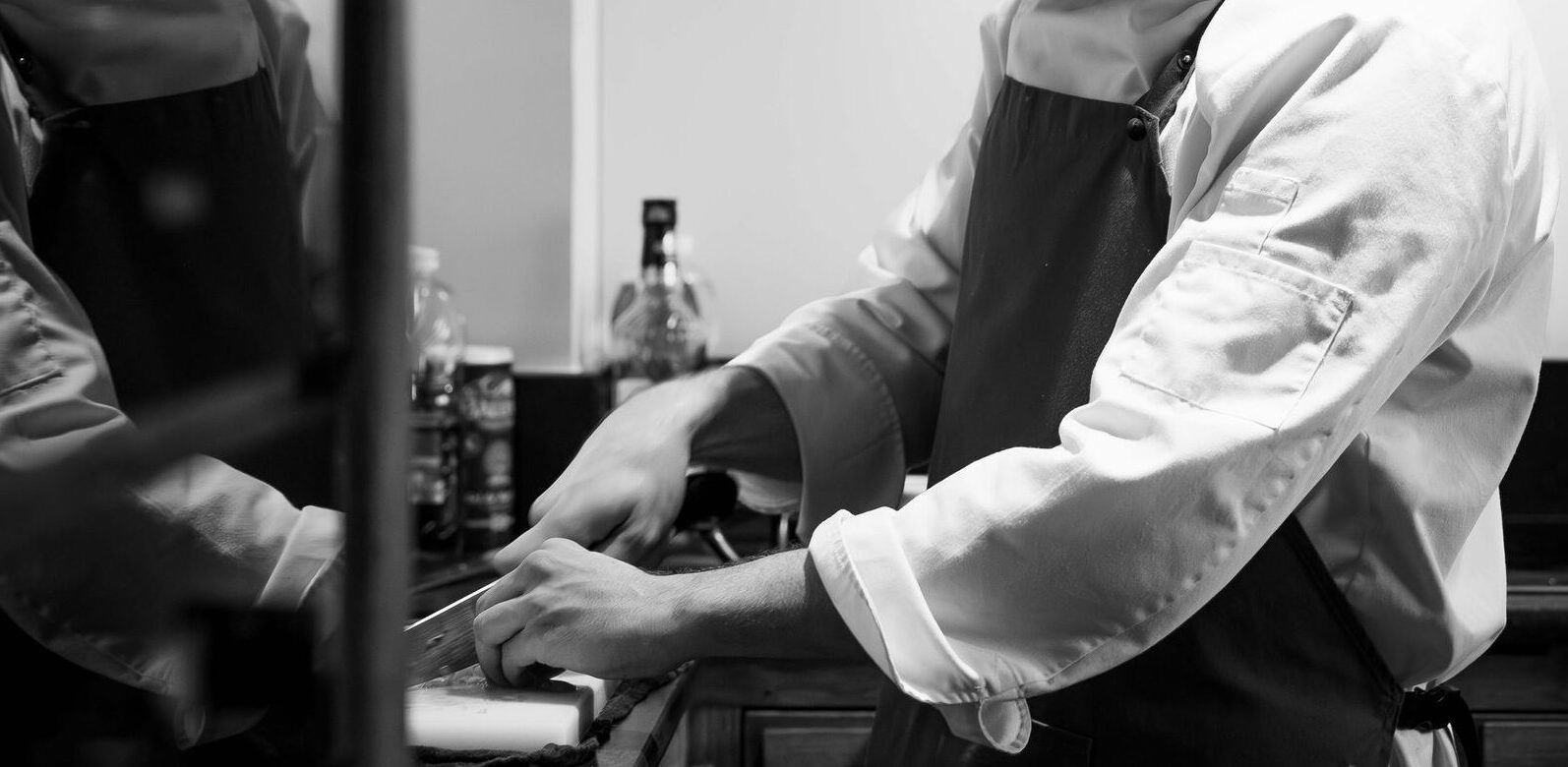
What can you expect from a private chef
At first glance, the task of a private chef seems straightforward: to cook. However, the reality is that this role involves much more than we might imagine. Let's start by distinguishing between two main types of services: a one-time event and a full-service arrangement. In this article, we’ll focus on one-time events. For a one-time event, such as a buffet for a party, a paella, or a more gastronomic-style dinner, the chef is hired to execute a specific event, and time is limited. Therefore, it will be difficult for them to meet needs that go beyond the event itself. Nonetheless, a good private chef should have the ability to plan and organize everything related to optimal service execution. They should be able to anticipate potential issues in the kitchen (such as lack of supplies, insufficient tableware, equipment malfunction, storage issues, etc.) and work with the property’s designated contact to find solutions. Thanks to their extensive hospitality experience, the chef can guide the planning and organization of the event, a skill essential for a private chef which is also a part of the valuable mise en place process.
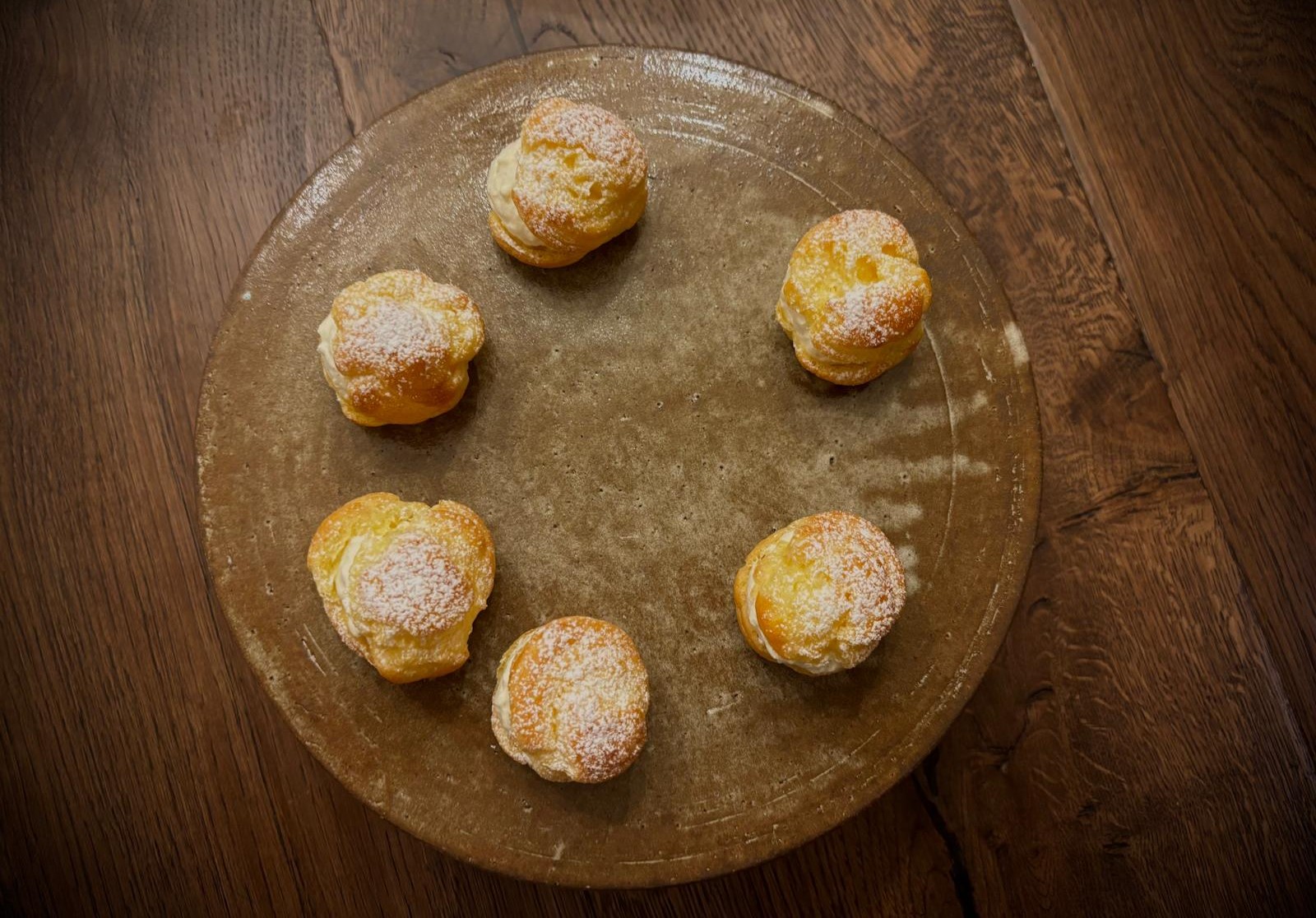
Recipe: Paté a Choux. Profiteroles, Gnocchi Parisien and more
Choux pastry has become one of my favorite recipes to work with. Its versatility is incredible, allowing for a wide range of sweet and savory creations. As a private chef, I really value recipes that make my work easier and help me save time without compromising on quality. In the fast-paced environment of service, where time is precious and every preparation counts, having a base recipe that can transform into a variety of dishes is invaluable. With just a few tweaks, this dough can become profiteroles, éclairs, chouquettes, churros, Parisian gnocchi, or even Brazilian pão de queijo. It’s this adaptability that makes me fall in love with it over and over again.
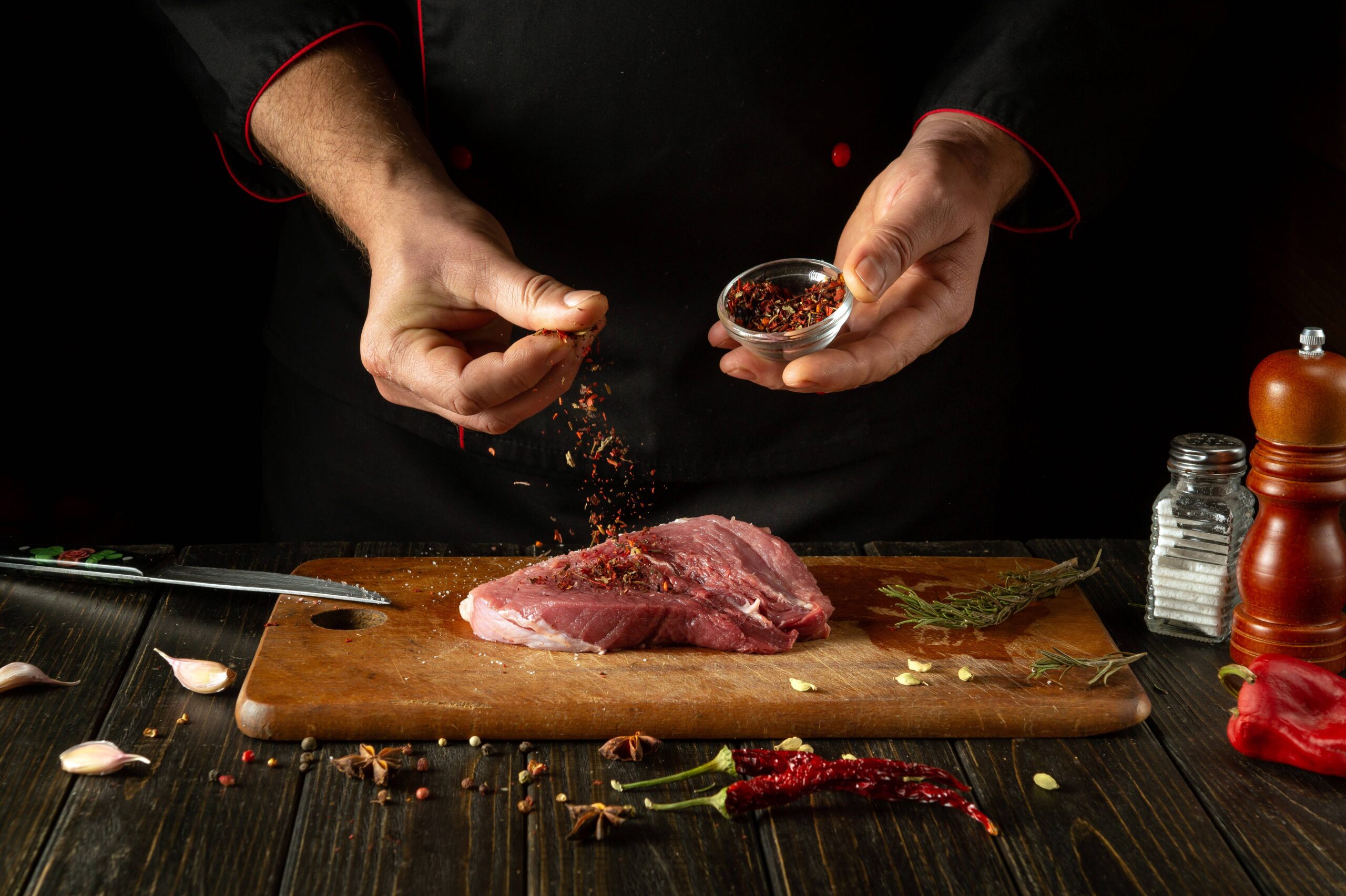
Looking for a private chef? Here’s how to choose the right person
At Bersion, we have the unique perspective of having been both chefs and chef recruiters. We understand that, as clients, especially if you’re new to hiring staff, the process can feel like a real headache. There’s a lot to consider when hiring someone for the first time, and without prior experience, it can easily become overwhelming. That’s why, whether you’re looking for the perfect chef for your clients, a family vacation, or a one-off event, we’ve put together a list of key points to help you find the ideal match for your needs.
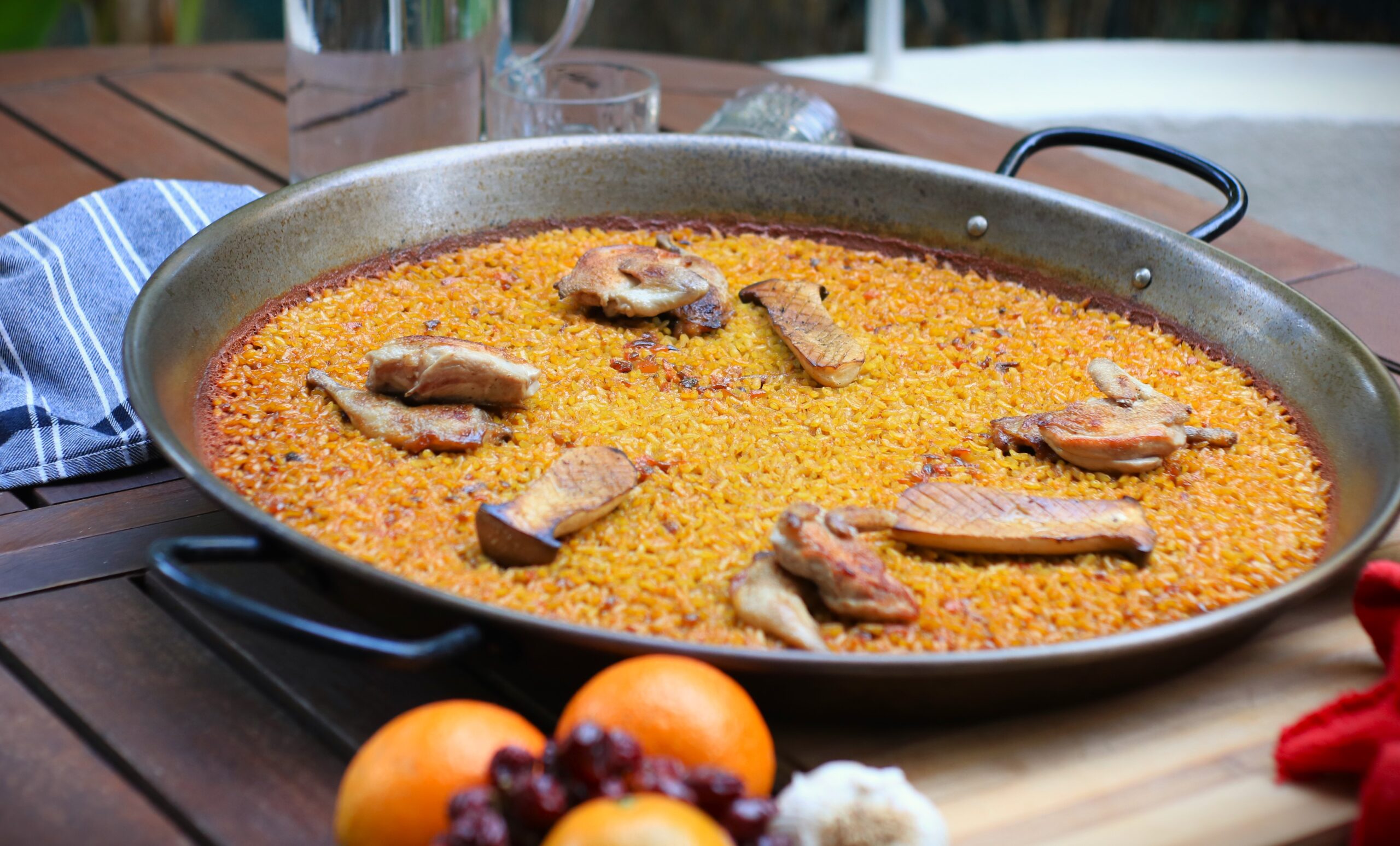
The post that will solve your paella doubts
Let’s address a topic that’s possibly one of the most debated in Spanish gastronomy! We’re fully aware of the controversy surrounding paella in Spain, and we don’t intend to start a debate with our fellow Spaniards in this post. That’s why we want to clarify from the outset that all the information we provide here is based on our personal experience. While we’ve read extensively about the subject and cooked countless paellas in our lives, we don’t view gastronomy as a topic serious enough to argue about beyond a lively family discussion at the dinner table—let alone with strangers on the internet.
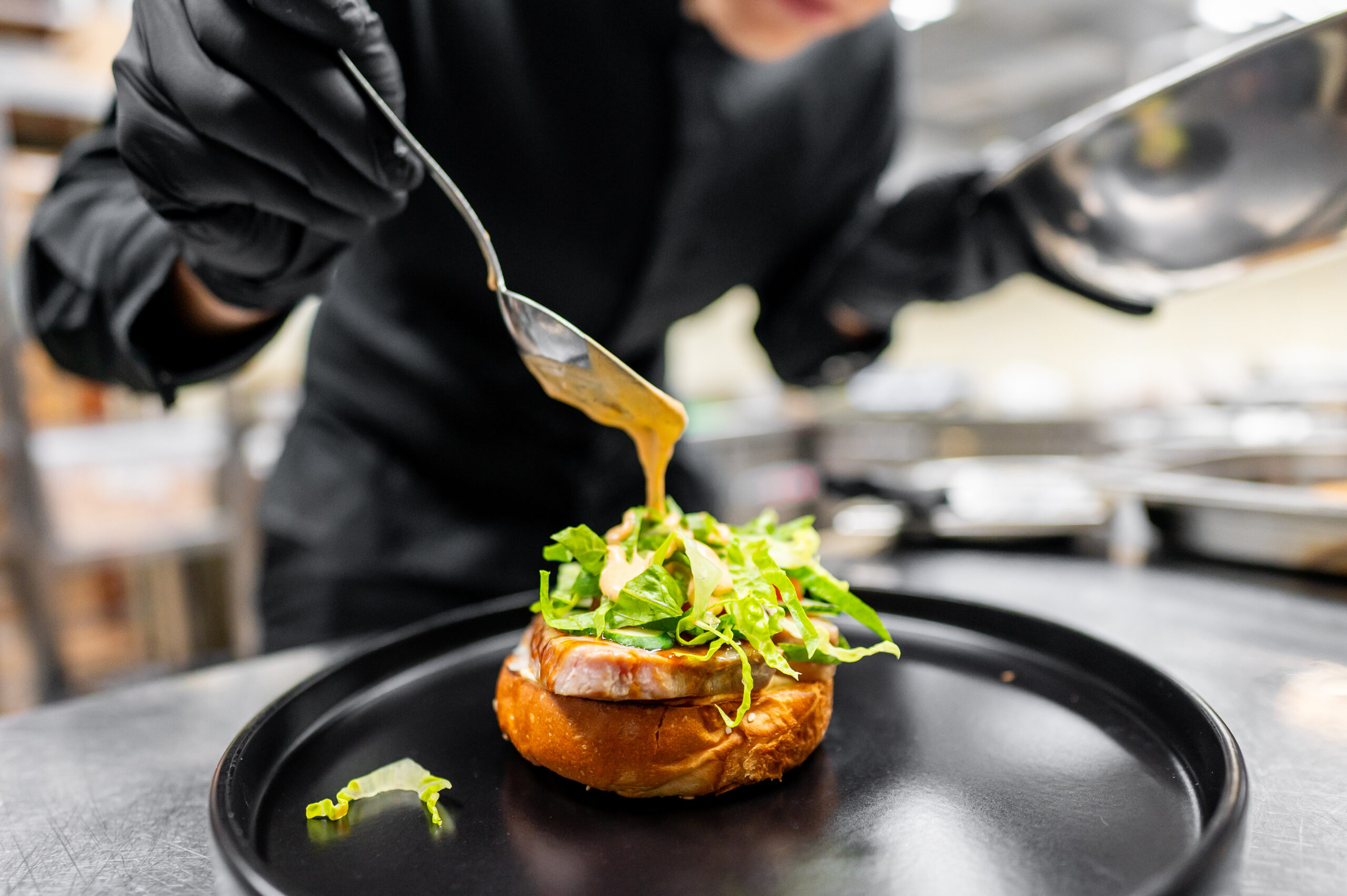
We've got the formula
You’re probably wondering, What kind of company makes a claim like that? Let us explain. Carlos and Fity, the founders of Bersion, are private chefs who, through years of experience in the industry, have amassed a wealth of data about menus, dishes, and services they’ve provided to clients. This knowledge has given them a crystal-clear idea of what most clients typically ask for, along with a robust database of dishes and menus that they update regularly. Today, that experience is what makes their work with new clients so efficient.
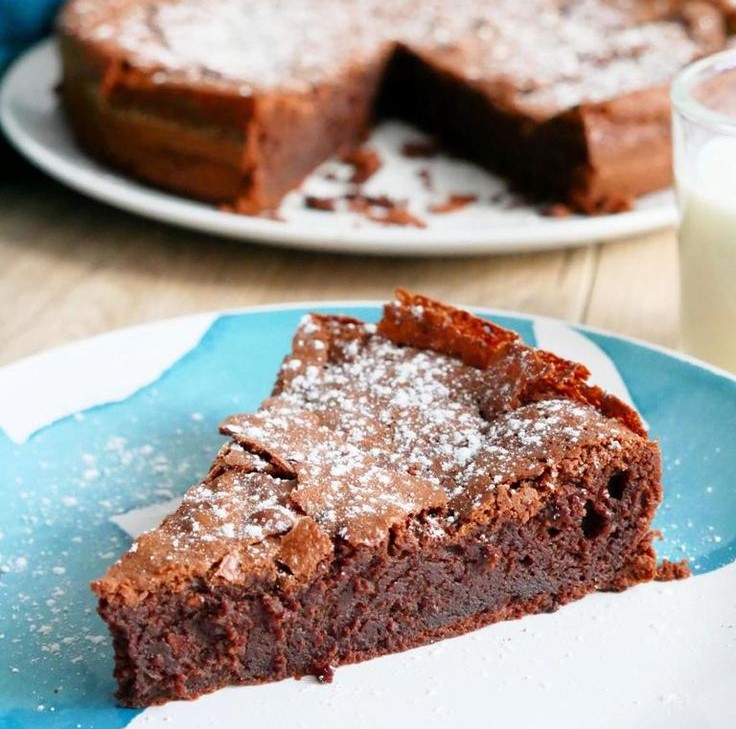
Chocolate Fondant Recipe
In today's post, we want to share with you the best chocolate cake we have ever tasted, and the recipe that (almost) all our customers ask for. That's why today we want to share it with all of you.

From Balenciaga to Bersion
A few months ago, we stumbled upon a series on one of the platforms dedicated to the maestro Balenciaga, a Spanish haute couture designer who made his career in the 20th century in Paris, and the founder of a luxury brand well-known today. Watching the series made us reflect on the relationship between haute couture and the "prêt-à-porter" mentioned in the series, and how it parallels high-end cuisine in private service and fine dining restaurants.

Finding Balance in Seasonal Uncertainty: Bersion’s Approach
One of the burning questions that keeps our chefs, especially the freelancers, up at night is: "Will I have work next season?" A private chef's life is riddled with uncertainty, not knowing for sure if they'll have a gig in the coming months until just before the season starts. This uncertainty breeds doubt, fear, and is often a major reason why many private chefs throw in the towel, retreating back to the restaurant scene—a place where creativity is often stifled and where the future doesn't look much brighter. At Bersion, we share the same trepidations as our chefs. We've felt the same sting of not knowing if work will come our way. We've seen it time and time again, in colleagues and in ourselves. It's become such a common tale that it turned into an inside joke among us. A joke that, through sheer repetition, took on a life of its own. About a year ago, we started calling this phenomenon "May's curse" or "October's curse," depending on the month it hits hardest—those months just before the new season kicks off. There's plenty of scientific evidence showing that our brains crave certainty and that insecurity stirs fear. Many chefs buckle under this pressure, abandoning a job they actually love for a less fulfilling one, just for the sake of security. But at Bersion, we want to encourage you, no matter your situation, not to fear change. Embrace the whims of fate. In our experience, there’s always work out there. The last ones standing without a gig often end up snatching up the jobs left behind at the eleventh hour. Sure, the fact that it’s been this way for years doesn’t guarantee it will always be so, but we believe every professional should hone personal skills that grant them flexibility. This way, they're ready to adapt swiftly to any new "rules of the game" that might come their way. We at Bersion are acutely aware that our clients can't always plan their vacations with precision, which means we can't always organize our seasons perfectly. However, we are currently working on a system to strike a balance—offering our clients the flexibility they need while providing us with the stability we crave. This will enable us to offer an even better service to our clients and greater stability for our chefs. We believe that if we manage to attract the best talent, we must find a way to keep them.
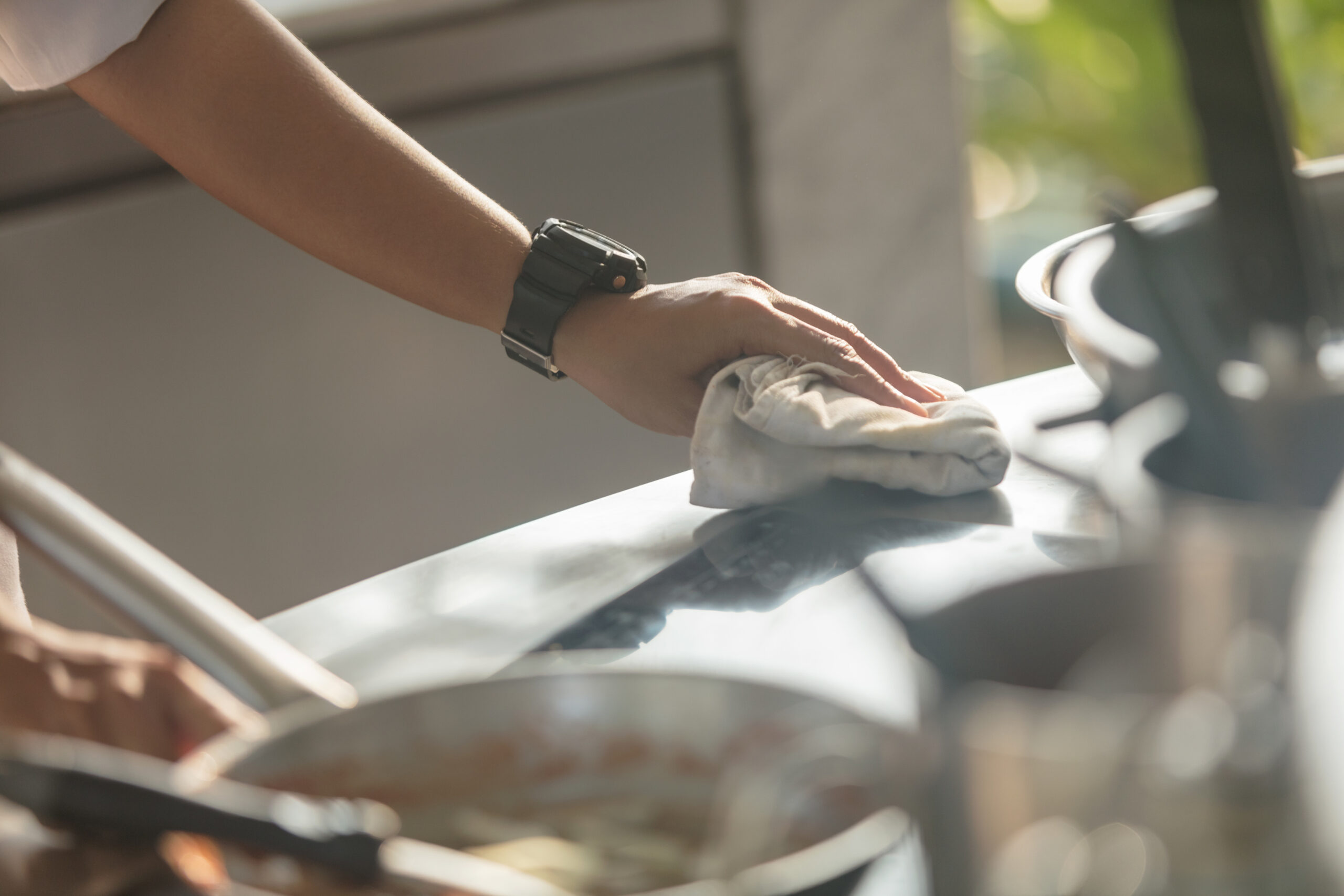
The importance of cleaninless, organization and the 5 S method
Cleanliness is the backbone of any real kitchen. As a private chef you don’t hit excellence without it. An organized, spotless kitchen isn't just nice to have—it’s essential. Learn about the 5 S method to help you keep your kitchen nice and tidy.
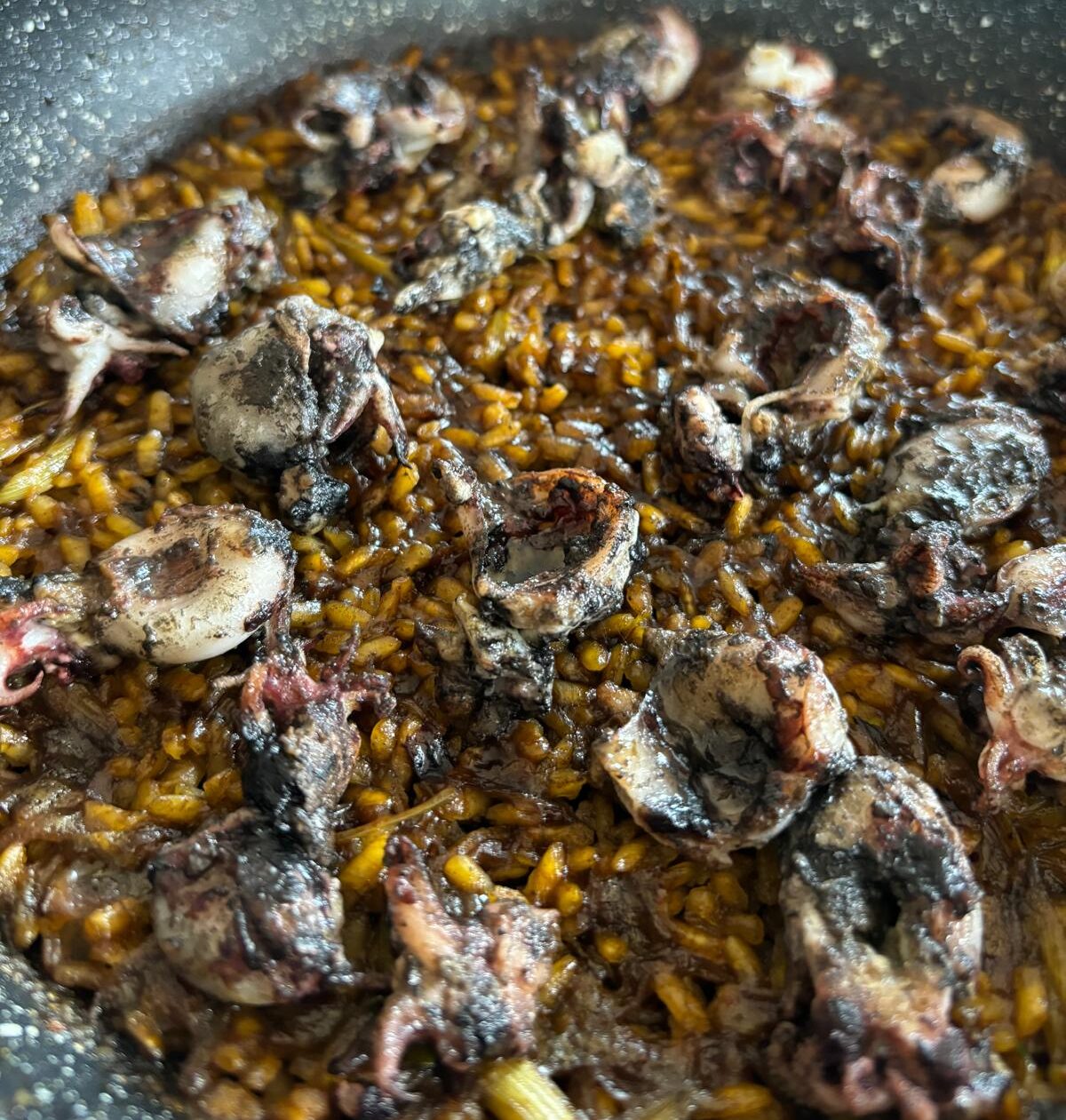
Paella de "Sepionets"
Today, we present a delicious recipe featuring one of our favorite Mediterranean ingredients: sepionets. There is no better way to enjoy them than when cooked with rice. them than cooked with rice.
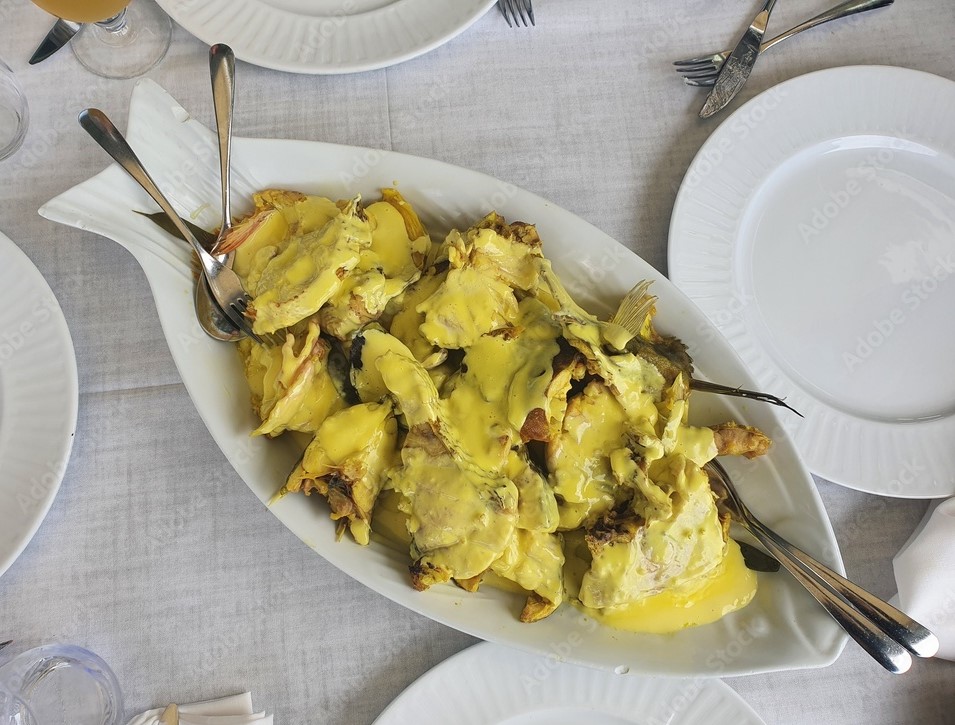
El bullit de peix
Following the thread of one of our previous posts, today we’re diving back into Ibiza’s gastronomy, and there’s no better way to start than by talking about the island’s most iconic dish.
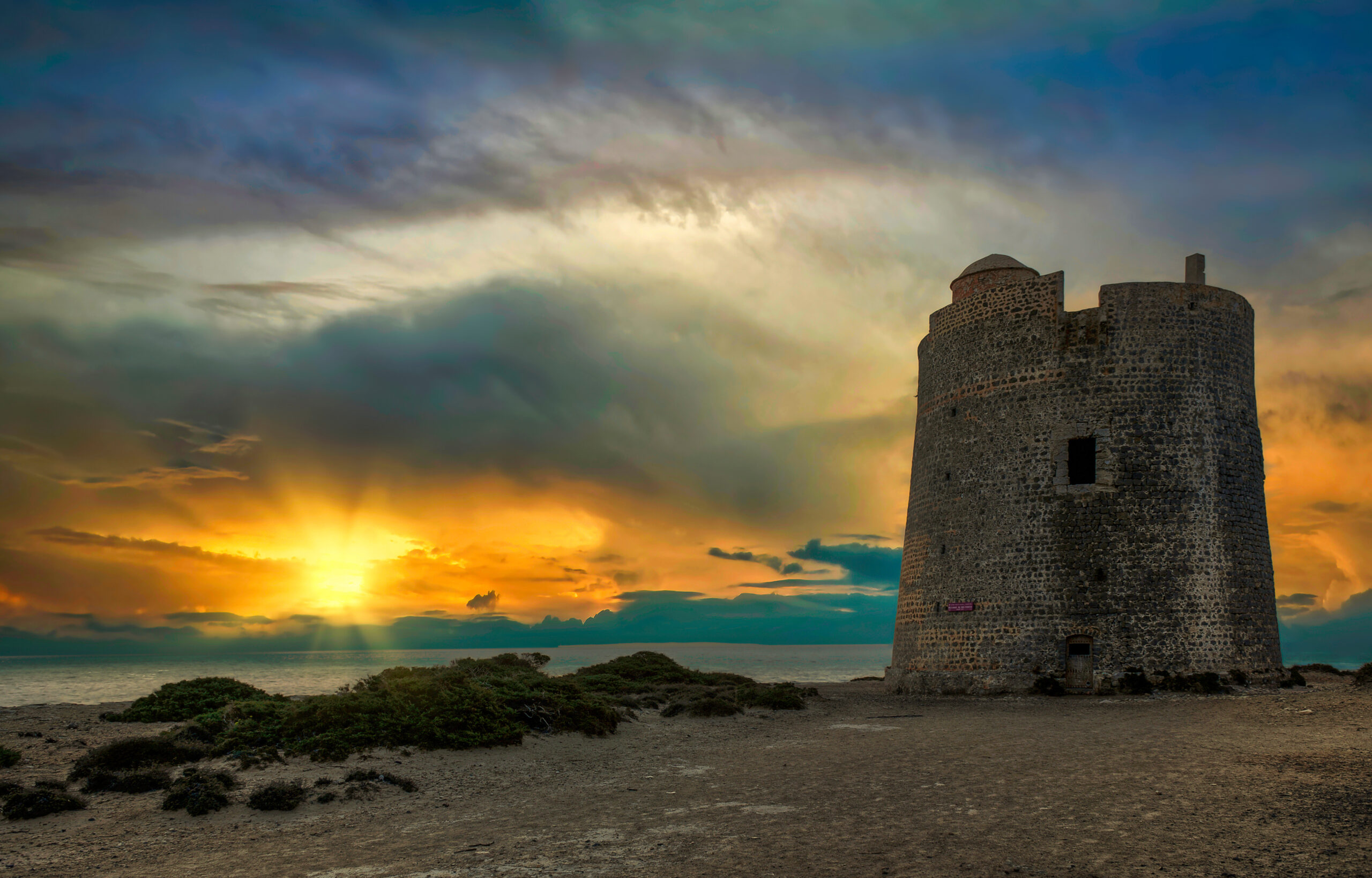
Ibiza, The Connection Between “Payeses” and Hippies
Ibiza served as the meeting point between modernity and tradition in the 1960s. During that time, many Americans chose to migrate to escape the call of the Vietnam War, which did not align with the ideals of these young people of that era.
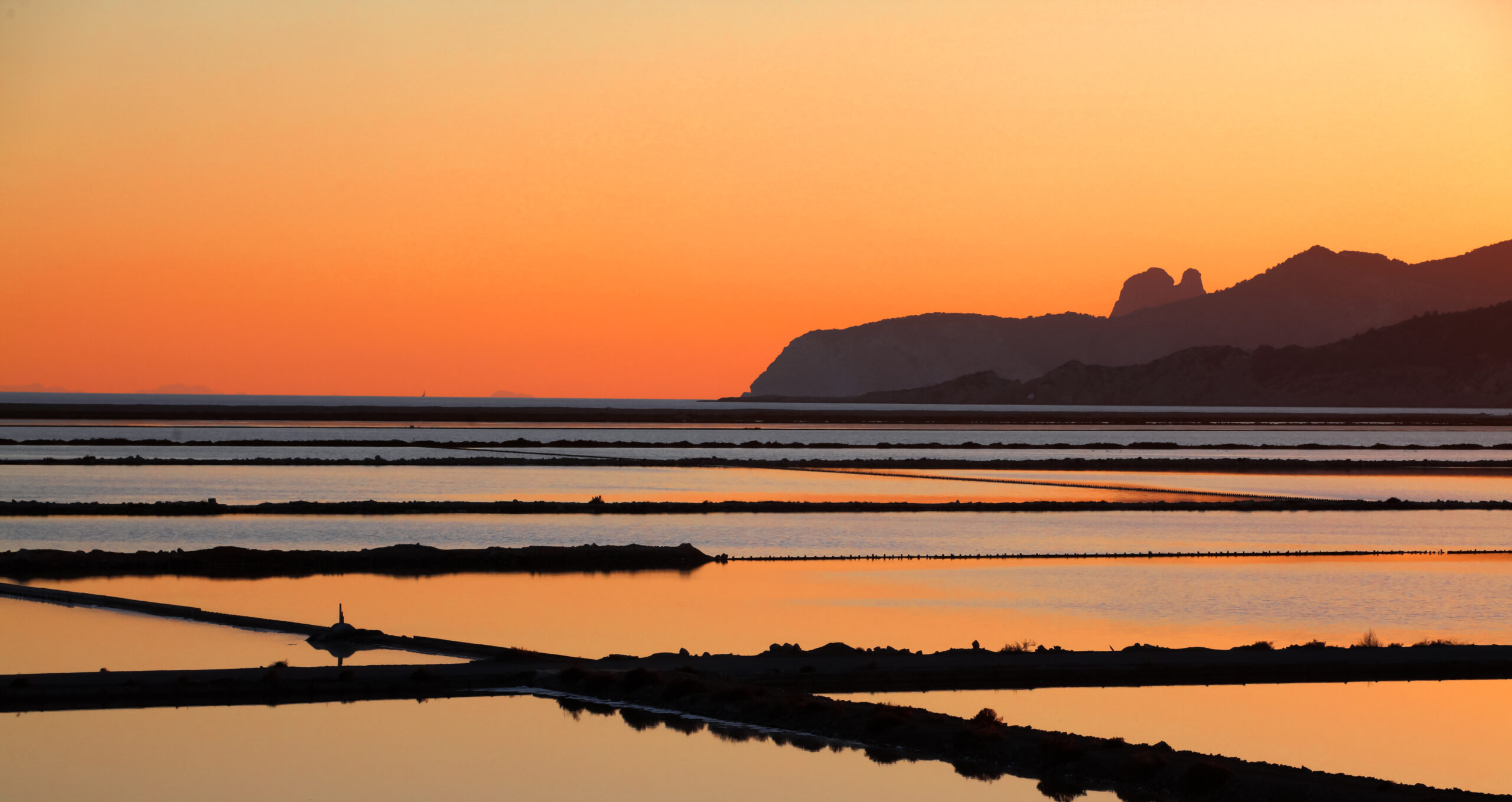
The Salinas of Ibiza, From Nature to Luxury
Today, we would like to talk about a very special place on the island of Ibiza: the Salinas de Ibiza, an extensive system of salt flats located in the southwest of the island. This ecosystem is a refuge for diverse wildlife, and its ecological importance is immeasurable.
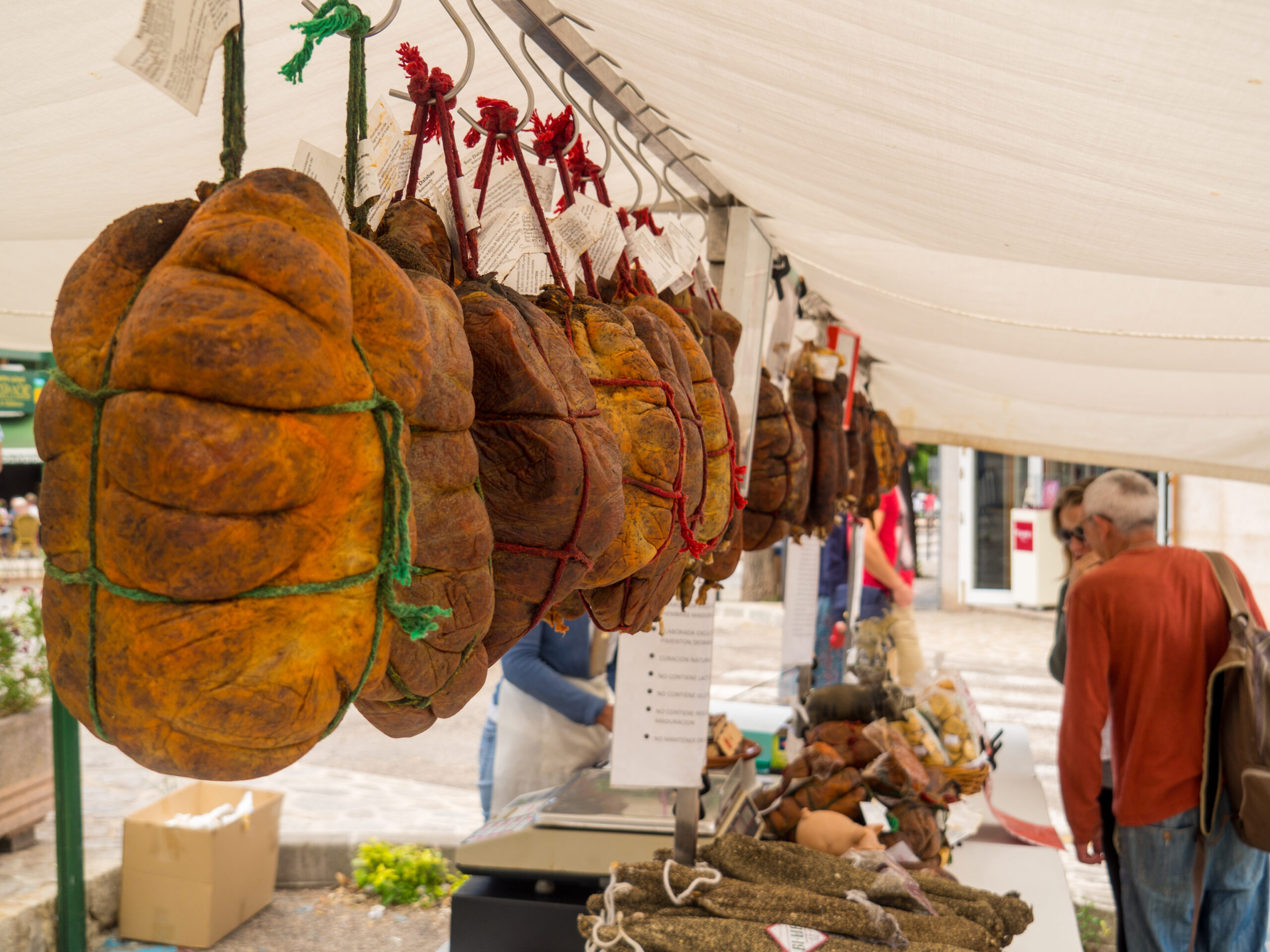
The gastronomy of Ibiza
With our blog, we aim to reveal the hidden details to those who are already familiar with Ibiza, as well as introduce those who have never visited to the delights of this magnificent island, which is our home, and one that we strive to continue discovering every day.
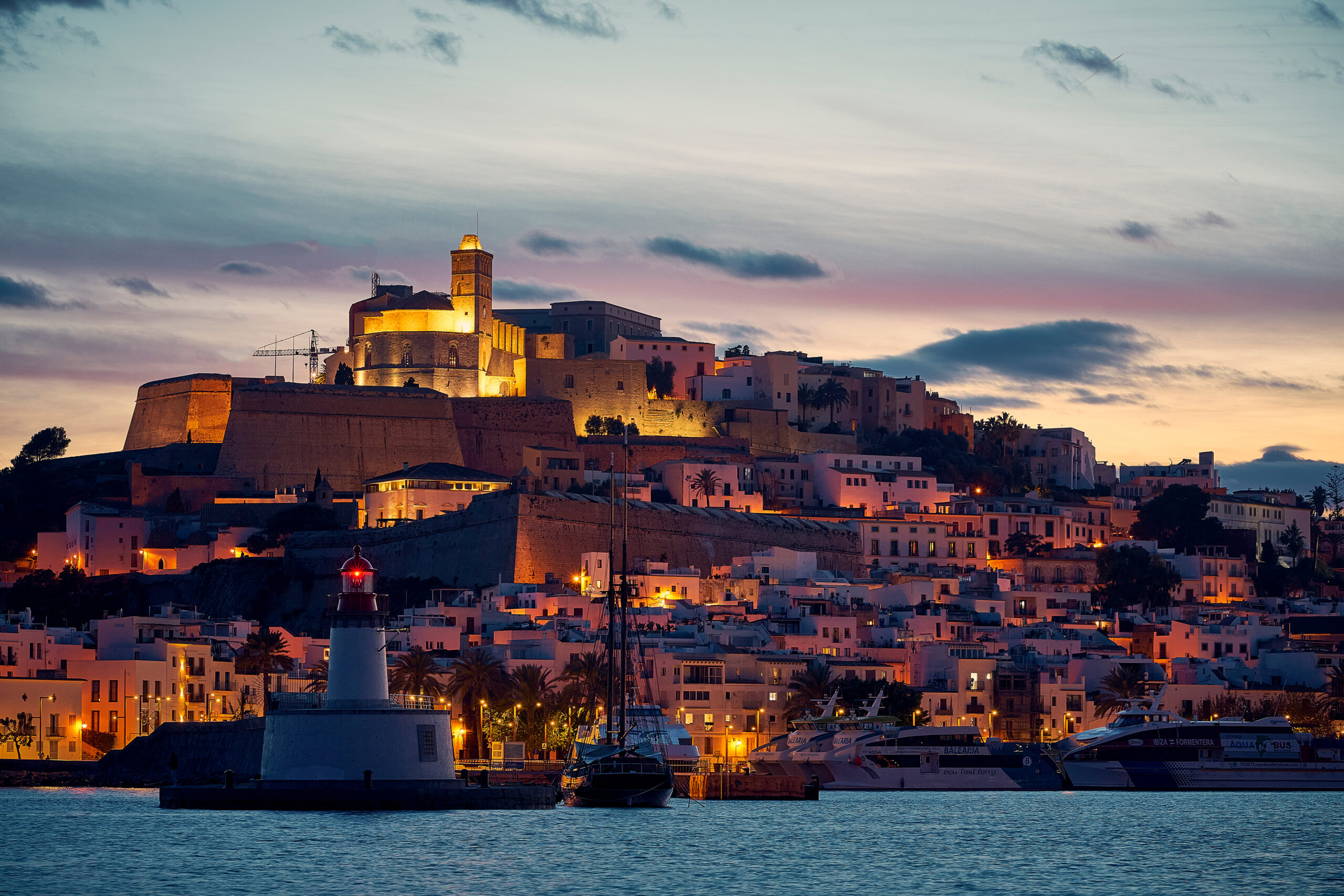
Exploring Dalt Vila – History of Ibiza
At Bersion, we are pleased to share our enthusiasm for the wonders of Ibiza. In this blog entry, we invite you on a journey through Dalt Vila, the historic heart of the island, to discover its fascinating history and the culinary delights it offers.
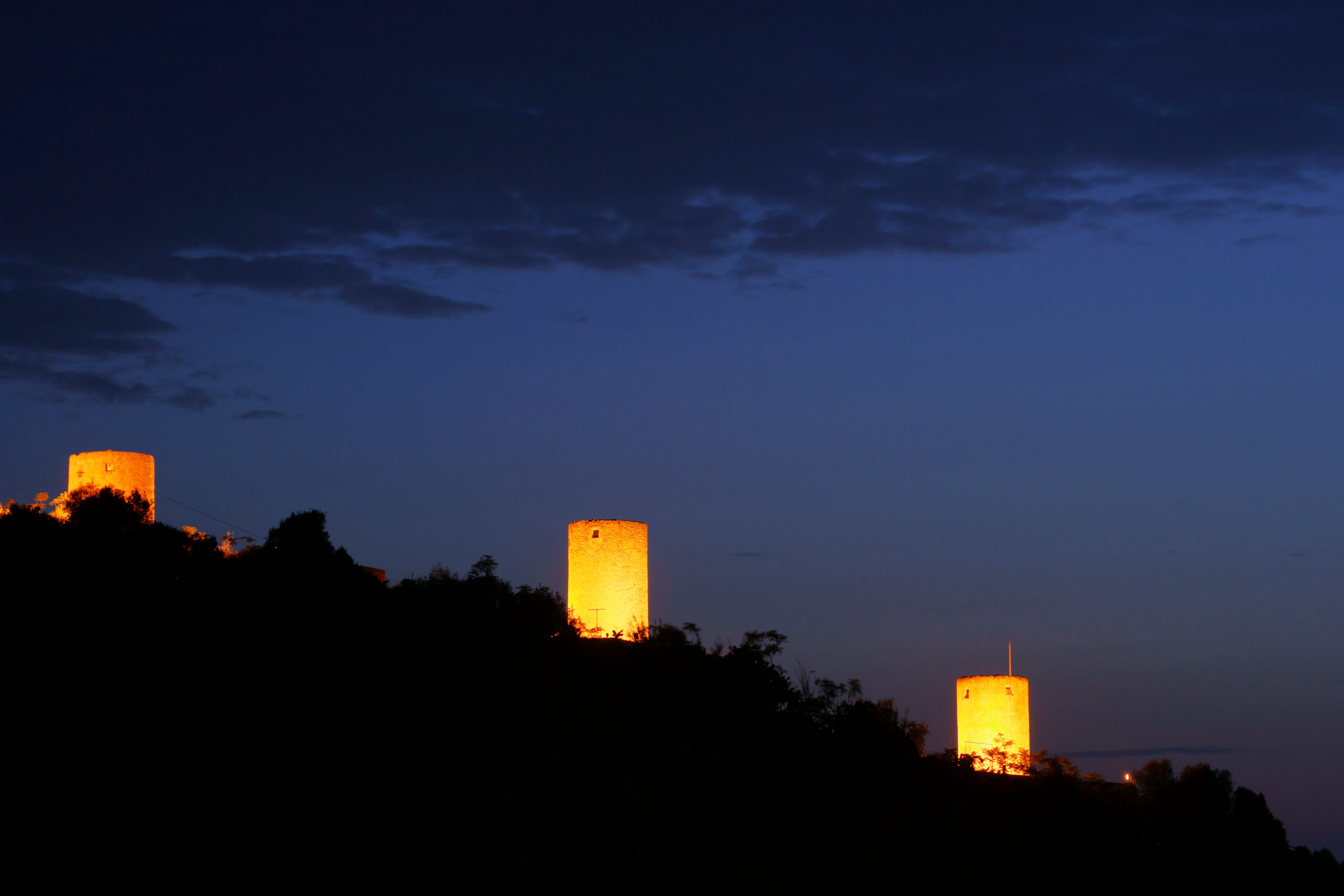
Puig Des Molins, The Phoenician Necropolis in Ibiza
The Necropolis of Ibiza is one of the best-kept historical treasures on the island. Located in a peaceful corner of Ibiza, this ancient cemetery has a rich history dating back to Phoenician times. Its tombs, caves, and mausoleums, carved into the island’s stone, offer a breathtaking view of the oldest Ibicencan culture.
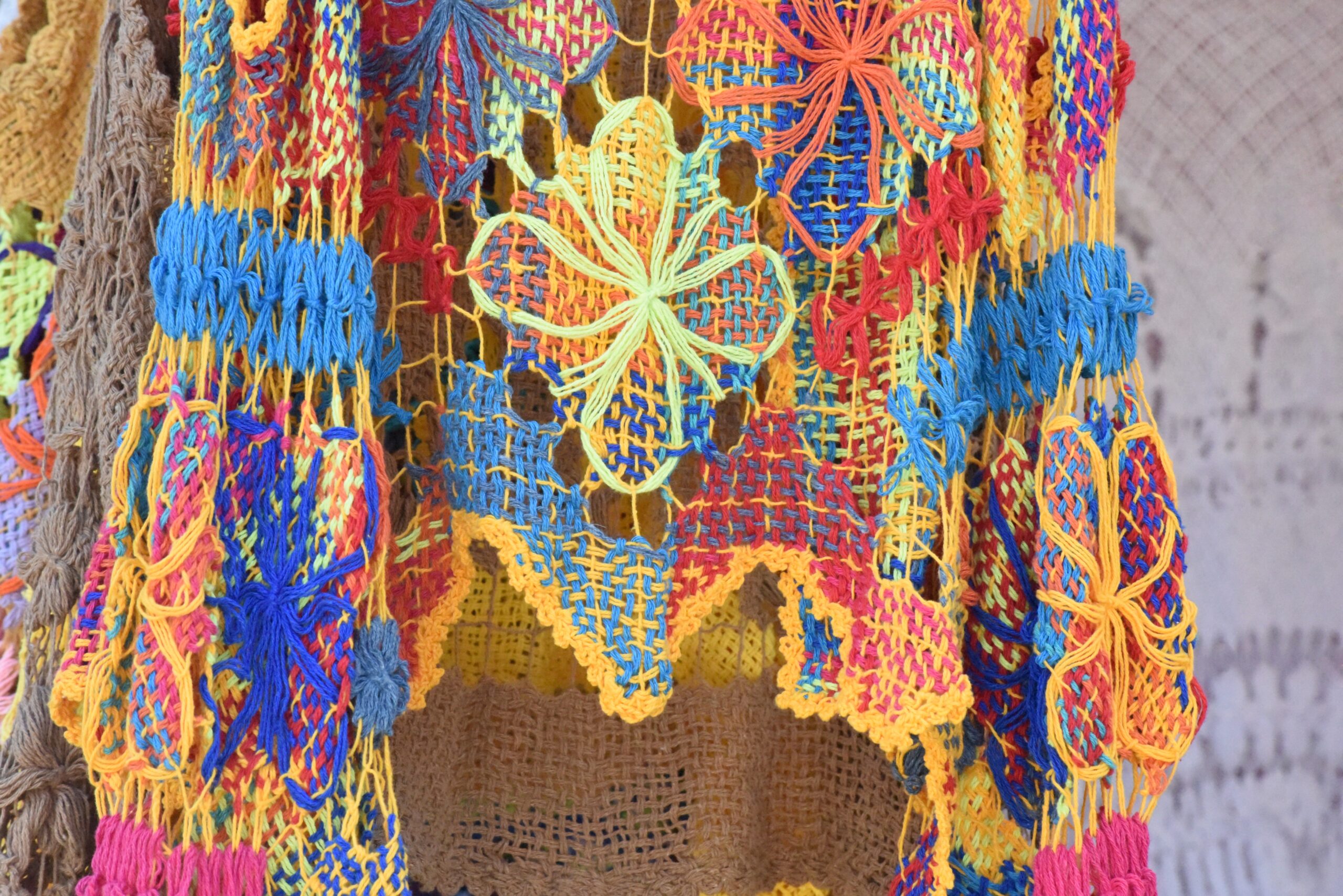
Exploring Forada Market
From Bersion, we want to introduce you to Ibiza from the perspective of those who know this dreamy island as locals, spanning from Portinatx to Es Cubells. This entry is dedicated to the Forada market, perhaps one of the lesser-known markets in Ibiza, but one that preserves all the charm of the hippie magic of the ’70s and ’80s.

